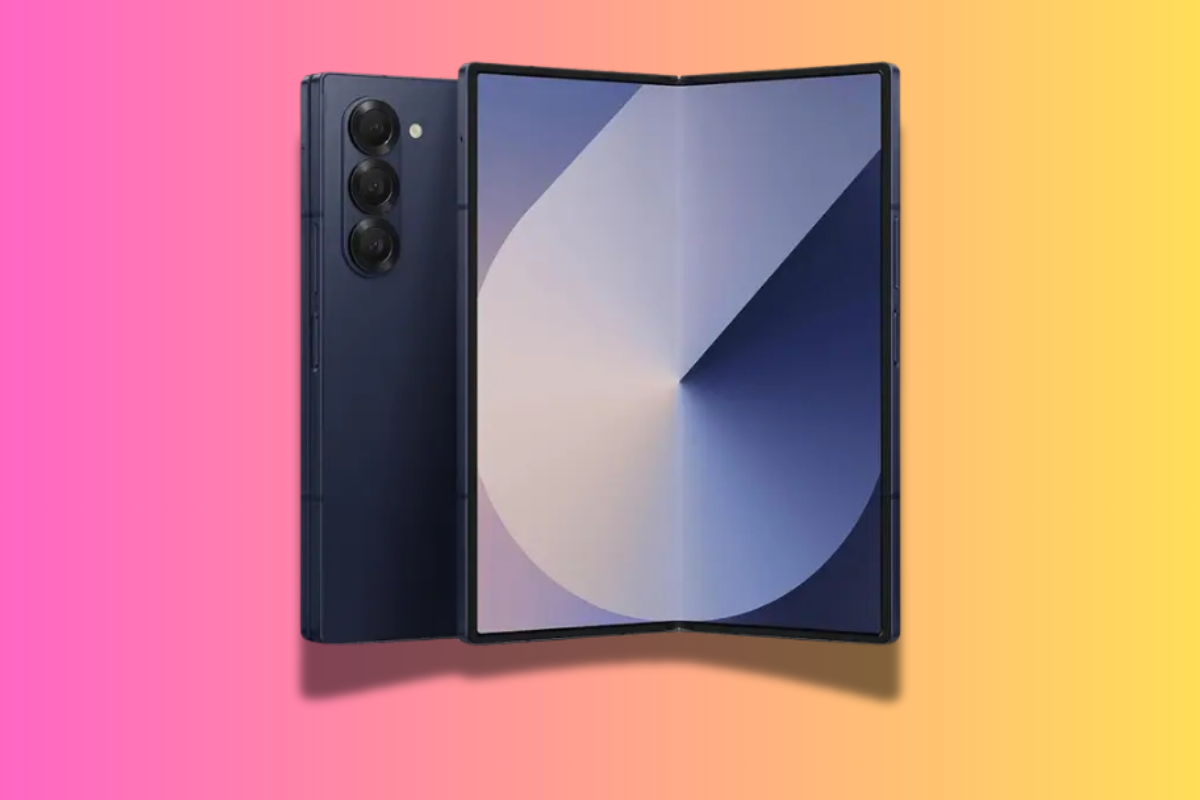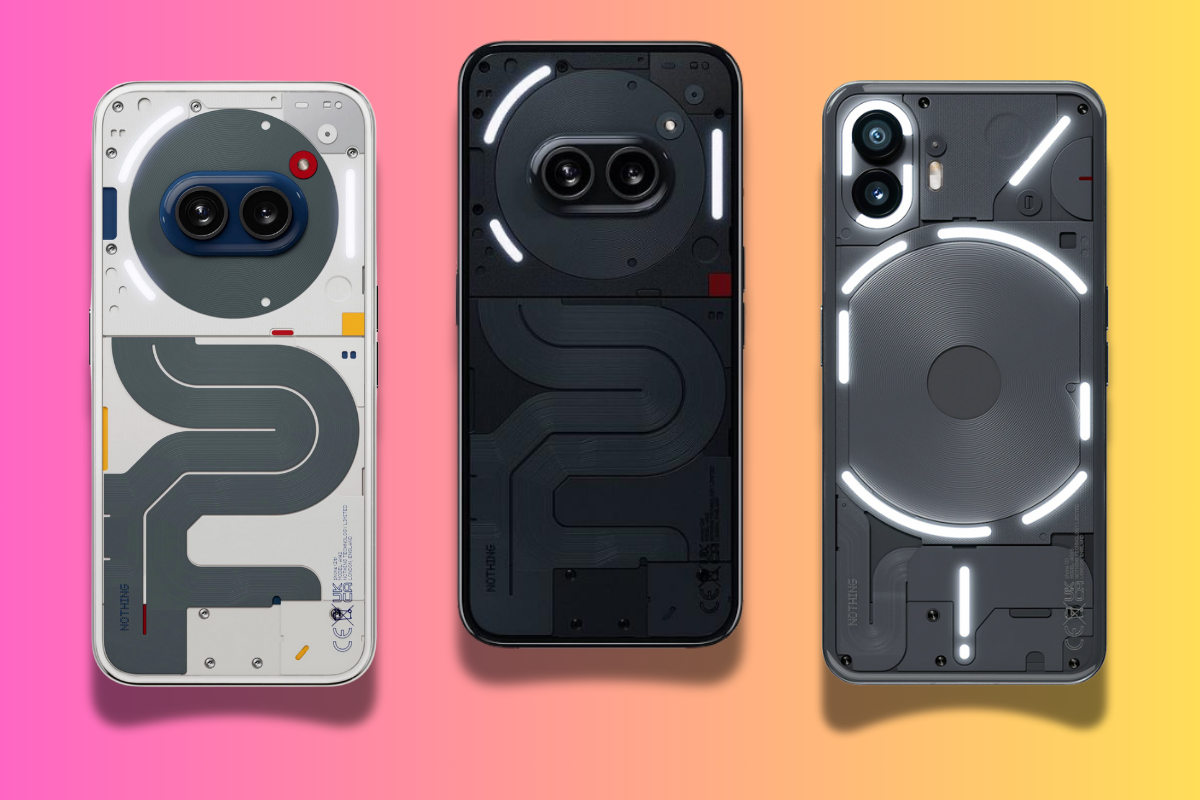LiDAR is one of those advanced sensor technologies that lets iPhones do amazing new things. But which iPhones come with LiDAR, and how can you use it to your advantage? Let’s break it down.
TL;DR:
- Regular iPhone models, like the iPhone 16 and iPhone 15, do not include LiDAR.
- LiDAR is a powerful, professional-grade sensor.
- Only iPhone Pro models have LiDAR sensors.
- It was introduced with the iPhone 12 Pro in 2020.
- As of 2024, all Pro models from iPhone 12 Pro to iPhone 16 Pro Max have LiDAR.
What Is LiDAR?
![Which iPhones Have LiDAR? [2024 Guide] iphone 15 pro max](https://www.knowyourmobile.com/wp-content/uploads/2022/07/iphone-15-pro-max-1024x683.jpg)
LiDAR stands for “Light Detection and Ranging,” and it’s a technology that allows the phone to detect distances by measuring how long it takes for light to bounce off objects.
Think of it as your iPhone using invisible lasers to “see” and map out spaces around it. The sensor can precisely calculate distances, which is why it’s such a game-changer for everything from photography to augmented reality (AR).
What Can You Do With LiDAR on Your iPhone?
Here’s where things get interesting. LiDAR might sound like it’s built for construction sites or autonomous vehicles, but on your iPhone, it’s enhancing everyday experiences in clever ways:
Superior Auto-Focus: LiDAR enables faster and more accurate autofocus, so you’ll never miss a moment when capturing photos.
Quickly Measure Spaces: With the built-in Measure app, you can calculate room dimensions instantly. Planning a remodel? LiDAR makes it a breeze.
Better Low-Light Photography: LiDAR helps your camera focus faster, even in challenging lighting. This is perfect for capturing those stunning portraits in Night mode.
Augmented Reality (AR): LiDAR brings AR apps to life, making experiences more immersive and realistic. From virtual furniture placements to interactive AR games, the depth-sensing capabilities make everything smoother.
3D Scanning: You can use LiDAR to create detailed 3D models of objects or even entire rooms, which is great for artists, designers, or anyone into 3D printing.
Enhanced Room Mapping: Apps like Canvas use LiDAR to create precise floor plans, ideal for real estate or interior design.
Which iPhones Have LiDAR?
Not all iPhones come with this powerful tech. LiDAR is an advanced (and expensive) feature, so Apple limits it to the Pro models. Regular iPhones, like the iPhone 16 and iPhone 15, don’t have it.
Apple first introduced LiDAR with the iPhone 12 Pro in 2020, and it’s been a staple of the Pro lineup ever since. As of 2024, the following iPhones come equipped with LiDAR sensors:
- iPhone 12 Pro
- iPhone 12 Pro Max
- iPhone 13 Pro
- iPhone 13 Pro Max
- iPhone 14 Pro
- iPhone 14 Pro Max
- iPhone 15 Pro
- iPhone 15 Pro Max
- iPhone 16 Pro
- iPhone 16 Pro Max
This trend looks set to continue as Apple focuses on LiDAR for professional-grade features in its future models.
Here’s What I Use LiDAR For In My Day to Day
As someone who has been using LiDAR on my iPhone for a while, it has become an indispensable tool in ways I hadn’t initially anticipated. From improving my photography to measuring rooms for home projects, LiDAR’s versatility is something I rely on almost daily. Here’s how I use it:
1. Enhanced Photography
One of the first things I noticed with LiDAR was the massive improvement in low-light photography. The autofocus on my iPhone is lightning-fast, even in darker environments, thanks to LiDAR. Apple claims it can focus up to six times faster in low-light conditions, and from my experience, this isn’t just marketing fluff—it’s the real deal. Whether I’m taking pictures at a dimly lit concert or just around the house at night, my photos come out sharper, and I’m able to get the shot quicker without any fuss.
2. Augmented Reality (AR)
I dabble in AR apps from time to time, and LiDAR completely changes the experience. The precision it adds is mind-blowing. The sensor maps the environment instantly, making virtual objects look and feel like they belong in the real world. I often use AR apps for practical tasks like checking out how furniture will fit in my home. LiDAR allows the app to place objects with incredible accuracy, even hiding them behind real-world objects for that extra touch of realism.
3. 3D Scanning and Modeling
One of the coolest uses of LiDAR I’ve found is its ability to create 3D scans of objects and environments. I use apps like Scaniverse to capture objects or rooms in high detail, which I can later use for 3D printing or design projects. Whether I’m scanning a room for a redesign or modeling objects for digital projects, the accuracy is impressive. You can easily export these scans for more advanced work, which I’ve done for a few interior design projects.
4. Room Measurement
LiDAR’s accuracy extends to everyday tasks too. For instance, when I moved into my new apartment, I used the Measure app on my iPhone to measure every room. It’s incredibly fast and precise, perfect for home improvement projects. I didn’t have to use any traditional measuring tools, and LiDAR allowed me to capture the exact dimensions of each space, saving me time and effort. Some third-party apps even let you scan entire rooms and create digital floor plans, which has been handy when working with contractors.
5. Accessibility Features
One of the more thoughtful applications of LiDAR is how it improves accessibility. I’ve tried out the People Detection feature in the Magnifier app, which uses LiDAR to detect and announce how far away people are from you. While I’m not visually impaired, I can see how this would be a life-changing feature for those who are. It’s another way LiDAR is being used to enhance accessibility and improve the day-to-day lives of its users.
Accuracy and Performance
From my experience, LiDAR’s accuracy is impressive across a range of applications. I’ve scanned small objects with a high degree of precision (usually within 1 cm of accuracy), but it’s just as effective for larger spaces, where it can capture environments with an accuracy of around 10 cm. It’s perfect for quick scans or for projects where you need reliable, yet rapid, measurements.
Advantages
- Versatility: LiDAR is not just for professionals. It’s accessible for regular users like me and integrates seamlessly with the apps I already use on my iPhone.
- Ease of use: I don’t need specialized equipment. My phone becomes a powerful tool for photography, scanning, and measurement.
- Speed: Scanning and measuring with LiDAR happens quickly, saving time, especially for larger projects like room scanning.
Limitations
While LiDAR on the iPhone is incredibly powerful, there are a few limitations. It works best within a 5-meter range, and for very small objects (under 5 cm), it can struggle with accuracy. Additionally, for high-precision projects, professional-grade LiDAR tools still offer more detail, but for everyday use, the iPhone’s LiDAR is more than sufficient.
Where Is The LiDAR Sensor On An iPhone?
![Which iPhones Have LiDAR? [2024 Guide] ALL iPhone 13 Models To Feature LiDAR Sensor](https://www.knowyourmobile.com/wp-content/uploads/2021/06/ALL-iPhone-13-Models-To-Feature-LiDAR-Sensor.jpg)
Remember–as of January 2024, only Pro iPhone models have a LiDAR sensor.
You can easily find it on the iPhone.
Flip your iPhone around so you are looking at the rear camera unit. You see the smaller black circle near the larger three lenses? That’s the LiDAR sensor.
![Which iPhones Have LiDAR? [2024 Guide] Which iPhones Have LiDAR? [2024 Guide]](https://www.knowyourmobile.com/wp-content/uploads/2022/01/Which-iPhones-Have-LiDAR-pic.png)
![Which iPhones Have LiDAR? [2024 Guide] The iPhone 16 Will Have A 120Hz Screen – Here’s Why…](https://www.knowyourmobile.com/wp-content/uploads/2023/09/The-iPhone-16-Will-Have-A-120Hz-Screen-–-Heres-Why…-.jpg)

